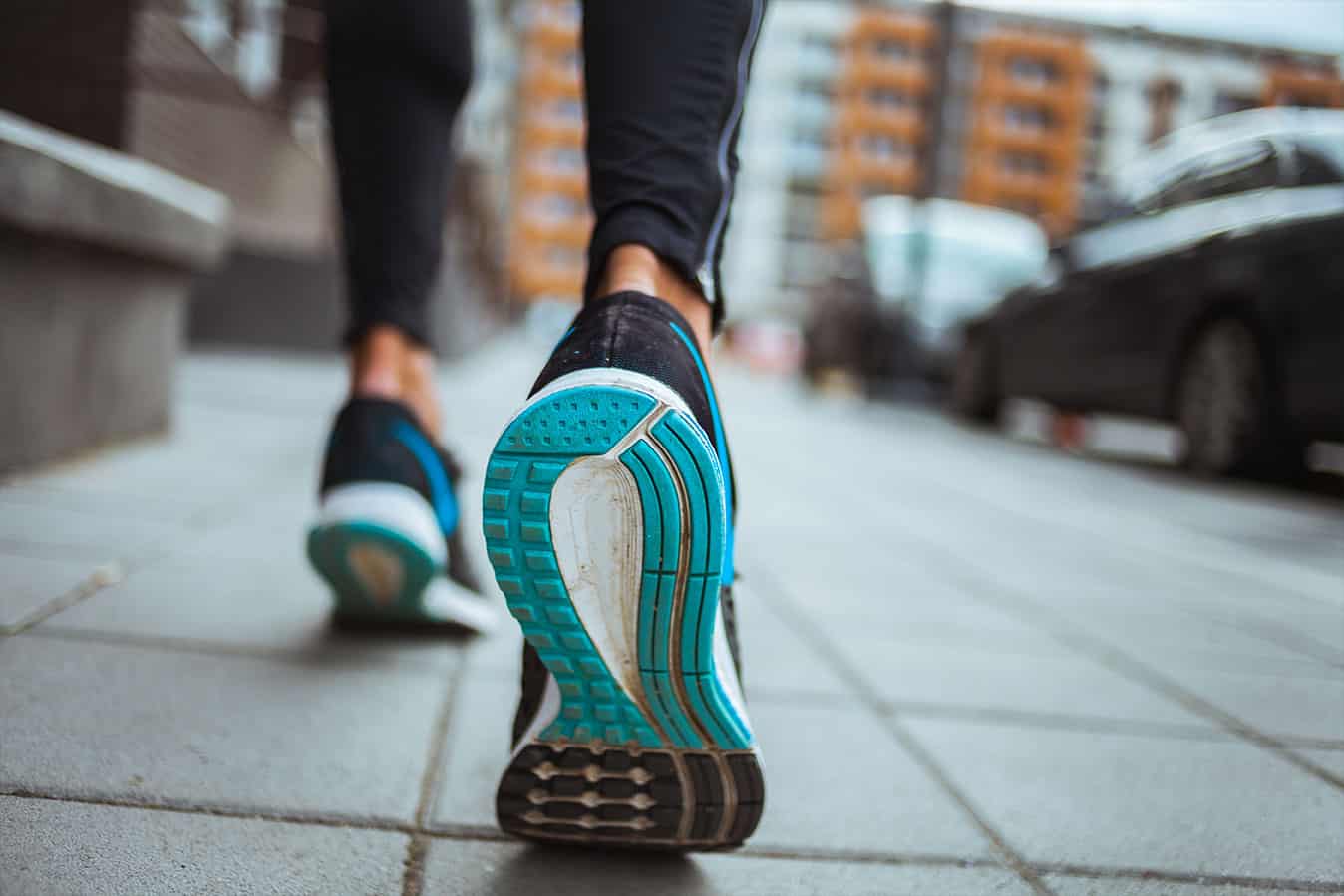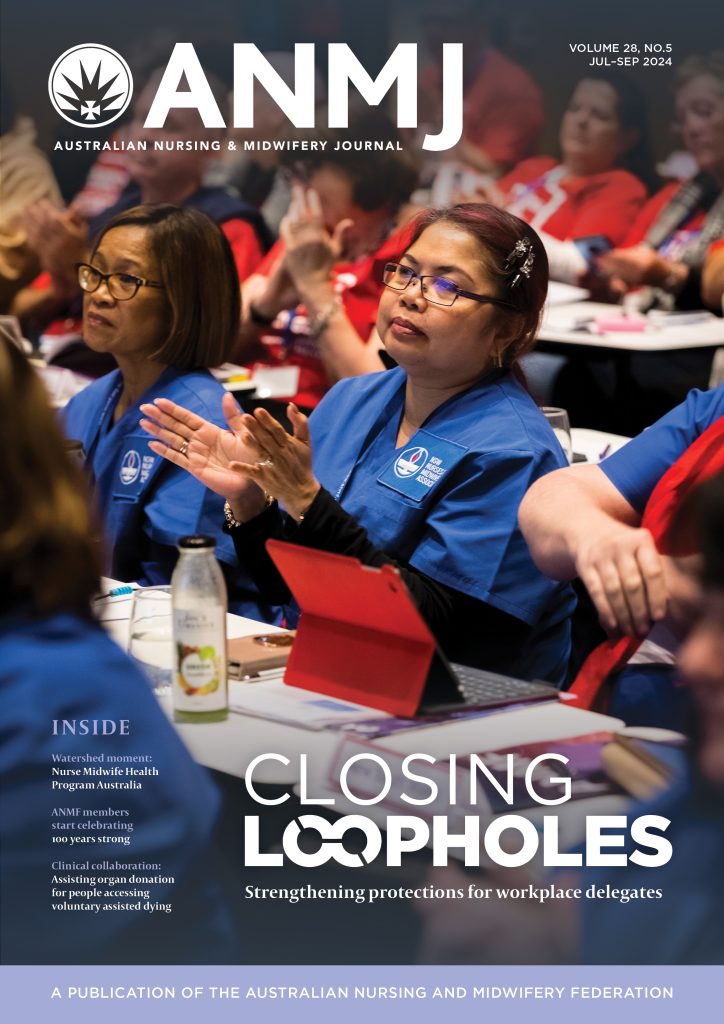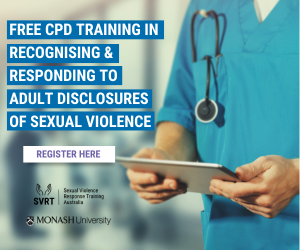Foot Health Week is an annual awareness campaign run in October that promotes the importance of maintaining good foot health in keeping Australians pain free and active.
Established by the Australian Podiatry Association (APodA), the 2021 Foot Health Week campaign will run from 11-17 October under the theme – ‘Love your feet and…they’ll love you back!’ – which aims to highlight how taking care of your feet can positively impact the rest of your body and promote better overall health.
As part of Foot Health Week, endurance athlete, mother and former Survivor contestant Samantha Gash, and APodA spokesperson Caitlin Jeffries have shared five simple tips people can do to look after this all-important, but mostly forgotten, body part.
Wear (the right) shoes
It may seem counterintuitive and goes against what we’ve been taught, but wearing shoes, and the right ones for our feet, at home is super important.
An independent survey commissioned by APodA of more than 1,000 people found most Australians (70%) who have changed their footwear during the pandemic have been wearing less supportive shoes or no shoes at all, with one in three experiencing pain as a result.
“Without wearing a good shoe your feet and lower limbs are having to absorb all the shock. We spend far more time on our feet around home than we think,” says Caitlin. “We encourage people to buy a good pair of correct fitting shoes just for home, which will prevent your knees and back from hurting.”
Samantha adds that wearing a good running shoe around the house is vital.
“I’m always on the run, even at home, plus we have stairs in the house, so wearing a good sneaker is so important. One of my worst injuries didn’t even happen during exercise; it’s really easy to do, but takes a very long time to heal.”
Check in with your feet
We put our feet through a lot, from cramming them into poorly fitting shoes to punishing them with intensive exercise regimes.
Caitlin says a quick daily check will ensure any changes are picked up quickly and could prevent serious problems.
“Get to know your feet and check the soles of your feet and between your toes. Look out for common foot problems like thickened skin or corns and calluses. Keep an eye out for breaks in the skin such as cracks, cuts, blisters or even ulcers. Be sure to pay attention to any signs of infection,” says Caitlin.
“Watch out for other changes like nail changes, swelling or bruising, dry skin, excessive moisture or general soreness. And most importantly, don’t ignore pain. It’s usually your body’s way of letting you know something isn’t right.”
Samantha explains that foot care doesn’t need to be time consuming.
“Before I take on any endurance challenge I make sure I check in with my feet so they’re ready to do the work I’m going to ask them to. Keeping our feet clean and dry is a really simple thing we can all do to support our foot health. And if you’re unsure about anything, go see your podiatrist.”
Research shows that 95% of Australians experienced an improvement in their pain and/or mobility levels after consulting a podiatrist.
Keep mobile
“With COVID lockdowns and restrictions, people tend to be more sedentary, perhaps sitting and working longer hours than usual, possibly eating more out of boredom or seeking comfort. All of these lead to extra strain on your joints,” explains Caitlin. “Walking and moving actually lubricates the soft tissue and your joints and that’s why the age old saying of ‘move it or lose it‘ is so relevant.”
Meanwhile, getting blood flowing back to the heart is also very important for good health,” Caitlin says.
Samantha says “I love the idea of setting a goal around moving even when you’re stuck at home. This will also give you some mental motivation, as well as keeping you physically fit. And just be mindful of how you are moving so as not to put too much pressure on yourself and your body.”
Know where to get help
The APodA research showed most people (63%) went to their GP for foot health issues.
“Interestingly people with knee pain are also consulting a physio rather than a podiatrist as they don’t realise we are experts in the lower limbs,” says Caitlin.
“We love working in consultation with other medical professionals and believe this is integral for best health outcomes. The general public often are not aware that as podiatrists we typically spend four years at university studying extensively everything from the pelvis down. For all issues from the knees down we should really be your first port of call, plus you don’t need a referral to see us.”
Prevention is better than the cure
“We have seen in our research that one in five Australians don’t prioritise their feet and lower limbs, and only consider their foot health when they’re in pain or can’t move,” says Caitlin. “Imagine if we concentrated on prevention rather than the cure, if we had regular check-ups for our lower limbs. Podiatrists can do a range of tests and often detect other health issues that can then be addressed to ensure you don’t get to the point where you can’t walk or have pain.”
Samantha says: “Seeing a podiatrist should be like seeing a dentist, with regular check-ups you can make sure that everything is in order.”
For more information on Foot Health Week visit www.foothealthaustralia.org.au









